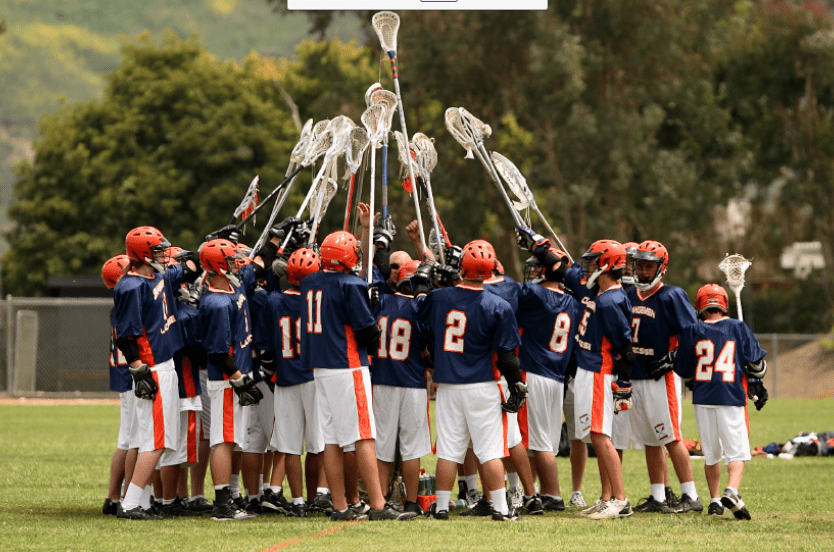Commotio Cordis in Chicago
Baseball, softball, and lacrosse have kicked off their seasons and we can practically hear our parents cheering from the stands!
While these sports are generally safer for children’s growing bodies than football, we do hear of uncommon cases of commotio cordis, which can happen to young athletes with no history of heart or health problems. At Alzein Pediatrics, we want you to understand this condition.
What is Commotio Cordis?
In technical terms, commotio cordis is sudden death brought about by ventricular fibrillation. It occurs after a blow to the chest with a blunt object, such as a hockey puck, lacrosse ball, baseball or softball, which does not penetrate the skin, causes the ventricular fibrillation.
What is Ventricular Fibrillation?
Ventricular fibrillation occurs when the heart’s electrical activity is disrupted by that blunt blow, causing the lower pumping chambers to “fibrillate”, producing unsynchronized, rapid contracts instead of a regular beat. The heart itself does not pump blood, causing cardiac arrest.
How do we know if it’s commotio cordis?
After an athlete is hit in the chest, then collapses, unable to respond, with gasping breathing or no breathing, adults must act very urgently.
What should adults do?
• Begin CPR and call 9-1-1 IMMEDIATELY.
- If an automated external defibrillator is available, use it immediately, until EMTs arrive.
Can Commotio Cordis be Prevented in Chicago?
First, only 216 cases of commotio cordis have been reported in the United States. A significant number of events have to be in play to cause commotio cordis. The impact must be over the heart, particularly the center of the heart’s left ventricle. The point of the heart’s cycle on impact is also critical, in just a 30-millisecond window.
Unfortunately, no matter what the package or advertising says, there is no chest protector on the market today that can prevent commotio cordis. Less common during hockey, as a lifted arm lifts the protector away from the heart, during baseball and lacrosse, the protector lays directly on the chest. Even with the chest protectors in place, properly worn, high-speed photography shows that the ball still impacted the heart at the same level of force.
Using safety baseballs is, however, an important step, as these softer balls cause less of an impact.
If you have questions about your child’s safety playing any sport, call Alzein Pediatrics at 708-424-7600 or click here to schedule an appointment. We will be happy to go over concussion safety, commotio cordis, injury prevention and any other concerns you and your young athlete may have.



